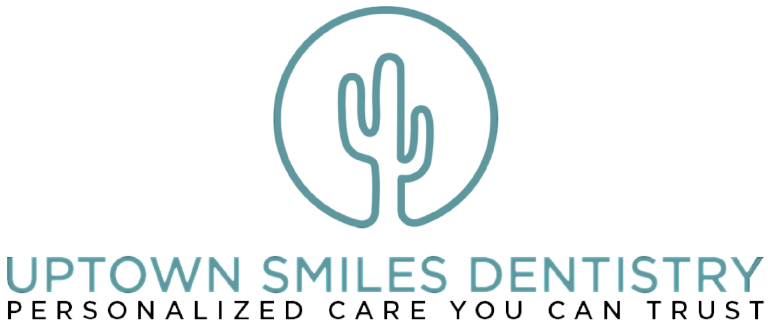Tooth Extraction
There are many reasons that teeth might need to be extracted: advanced periodontal disease, severe decay, poor positioning and/or non-restorablility. All these reasons have the same goal of preserving the health of the remaining teeth, bone and gums.
What to Expect
When it’s time for the extraction our doctor will completely numb the area with a local anesthetic. Your teeth, gums and jaw will be numb for the procedure but you will feel a lot of pressure as the doctor widens the socket for tooth removal. Sometimes, the doctor may need to section the tooth and remove each section one at a time.
Care After Extraction
After your tooth extraction appointment you’ll be asked to bite on a gauze pad for approximately 45 minutes. It’s important to stop the bleeding and allow a blood clot to form so the healing process can begin. You may have to do this several times to stop the flow of blood.
When the blood clot does form it is important that you do not disturb it. Avoid rinsing vigorously, smoking, drinking alcohol or sucking on straws for the next 72 hours; do not brush near the extraction site.
It’s normal to experience some swelling and pain, an ice pack can be used to keep swelling to a minimum and it should subside in about 48 hours.
You can resume your normal dental routine after 24 yours; at a minimum you should brush lightly that first day. Keeping your mouth clean will speed up the healing process.
If you have a reaction to the medication, experience severe pain or continued swelling after 72 hours call our office immediately.






